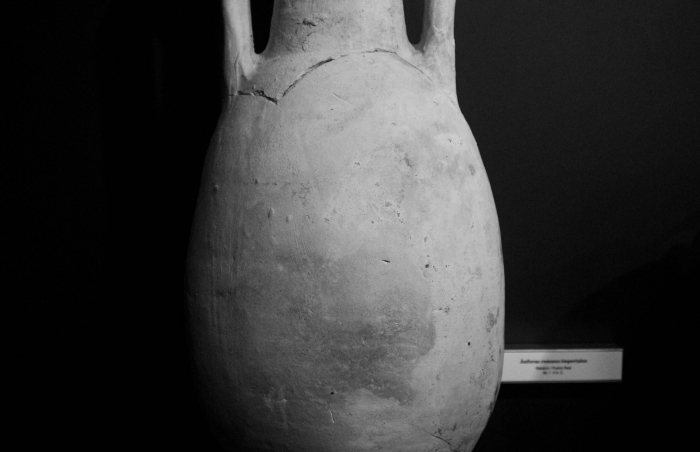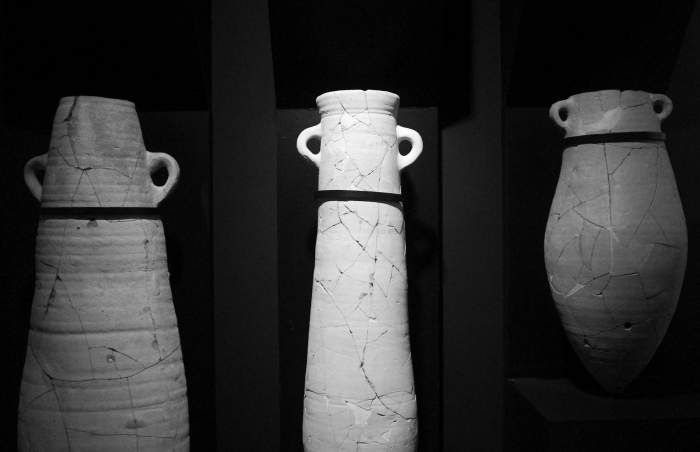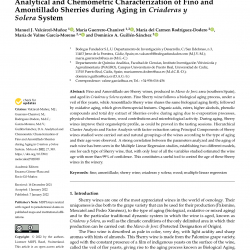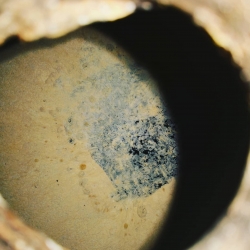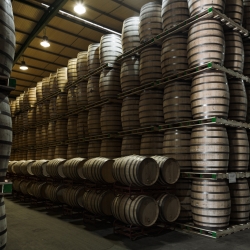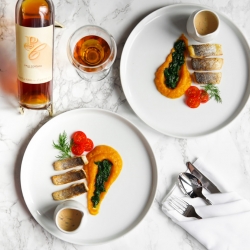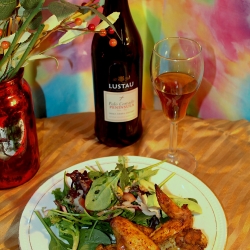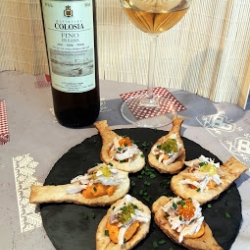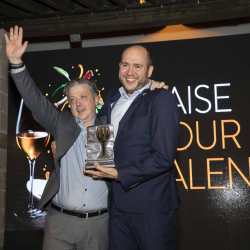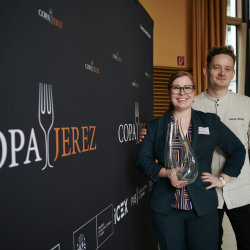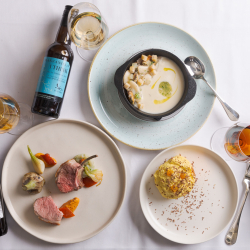Jerez: A City Long in Love With Wine (Visiting the Archaeological Museum of Jerez)
Sherry we say in English, Jerez in Spanish, Sherish they said in Arabic, a city that you can grasp in a glass and let roll through your lips in your mouth over your tongue. It is a city which has always been a lover of wine, always. Long before ‘sherry’ evolved into what it is today – an alchemical creation fortified with alcohol, oxidised by air and transformed by flor – and before the catavinos wine glass became the glass of choice for sherry lovers, before, even, the solera system of ageing wines, Jerez was always madly in love with the vine. Under Phoenicians, Romans, Moors, and Christians, Jerez de la Frontera consumed, produced, and exported its wine, and today the fragments of this ancient wine culture can be seen in the city’s Archaeological Museum.
Visiting the museum, you will be thrown back into the Phoenician ages, when these Mediterranean traders and settlers begun to cultivate a true wine culture on the Iberian peninsula. They began by importing wines from around the Mediterranean into the region of Jerez and Cadiz, bringing the product across the seas in large vessels called amphoras, the quantity of which suggests that the Phoenicians were the first in the area to make the leap from consumption to large—scale production, though the Turdetani civilisation, indigenous to the Rio Guadalquivir, also constructed various wine and olive presses throughout the province.
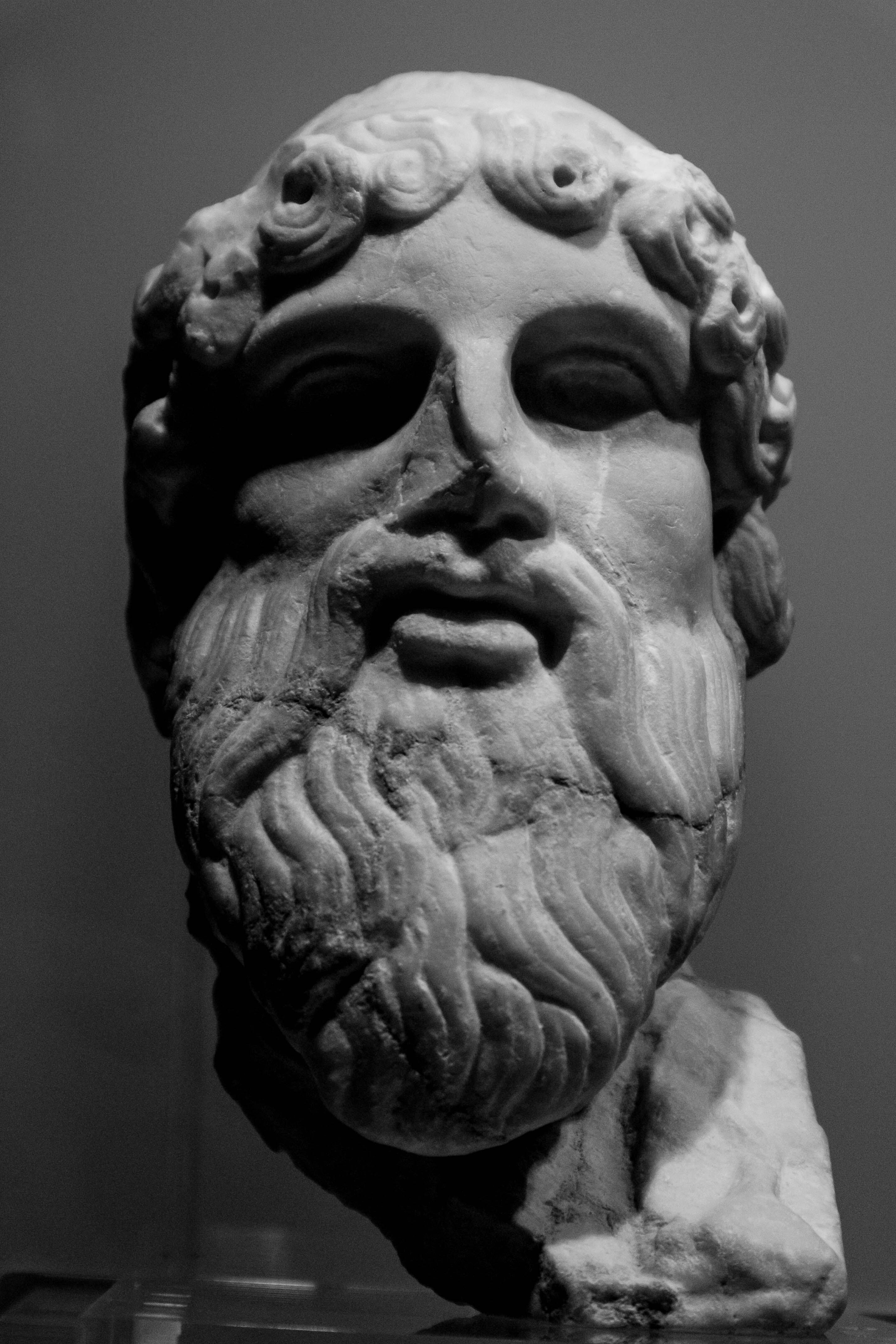
But it is with the arrival of Rome when the wine cup’s place at the table was elevated to the heights of the divine. It is with the Roman expansion that the Greek god of wine – Dionysus in Greek and Bacchus in Latin – brought with him to the south his cult of drunkenness, music and dance. A number of representations of Bacchus have been found in the area, but the finest is on display in the Museum; a mature, bearded Bacchus looking down on his worshippers with a patriarchal presence – “go!” he might be commanding, “gather the grape!”.
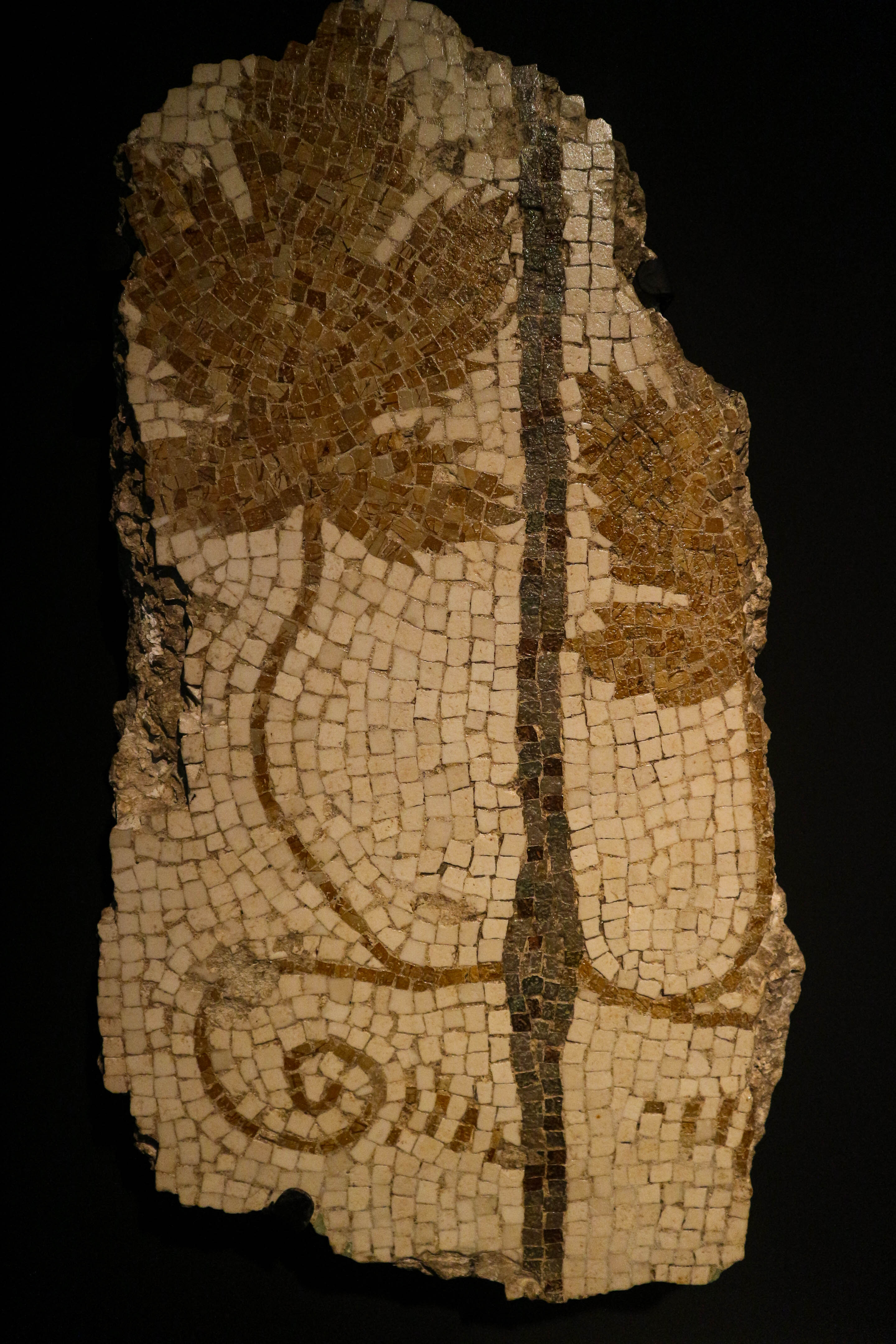
If Dionysus was the God of Wine, then naturally his totem was the grape vine, leaf, and bunch. The Museum conserves a gorgeous Roman mosaic found in the city, depicting these symbols of Dionysus; a single, elegant grape leaf and vine, a beautiful representation of this regions millennia-long love affair with wine.
Even with the decline of wine-loving Rome and with the arrival of Islam in the eighth century, whose prescriptions in the Koran were ambiguous on alcohol, wine consumption in Al-Andalus remained generalised. Because despite official prohibitions on alcohol, the powers that were were permissive, more than permissive, in fact, enjoying the fruits of the vine amongst their artist, scholar and poet company. In the museum there are two exemplary pieces from the Islamic era on display; a large wine pouring flask, and a small, delicate wine cup, both dating from the tenth century. These flasks and cups were perhaps used by wineservers – normally slaves – who attended to the elite of the Al-Andalus society in their evening dinners, official functions, and poetry recitals.
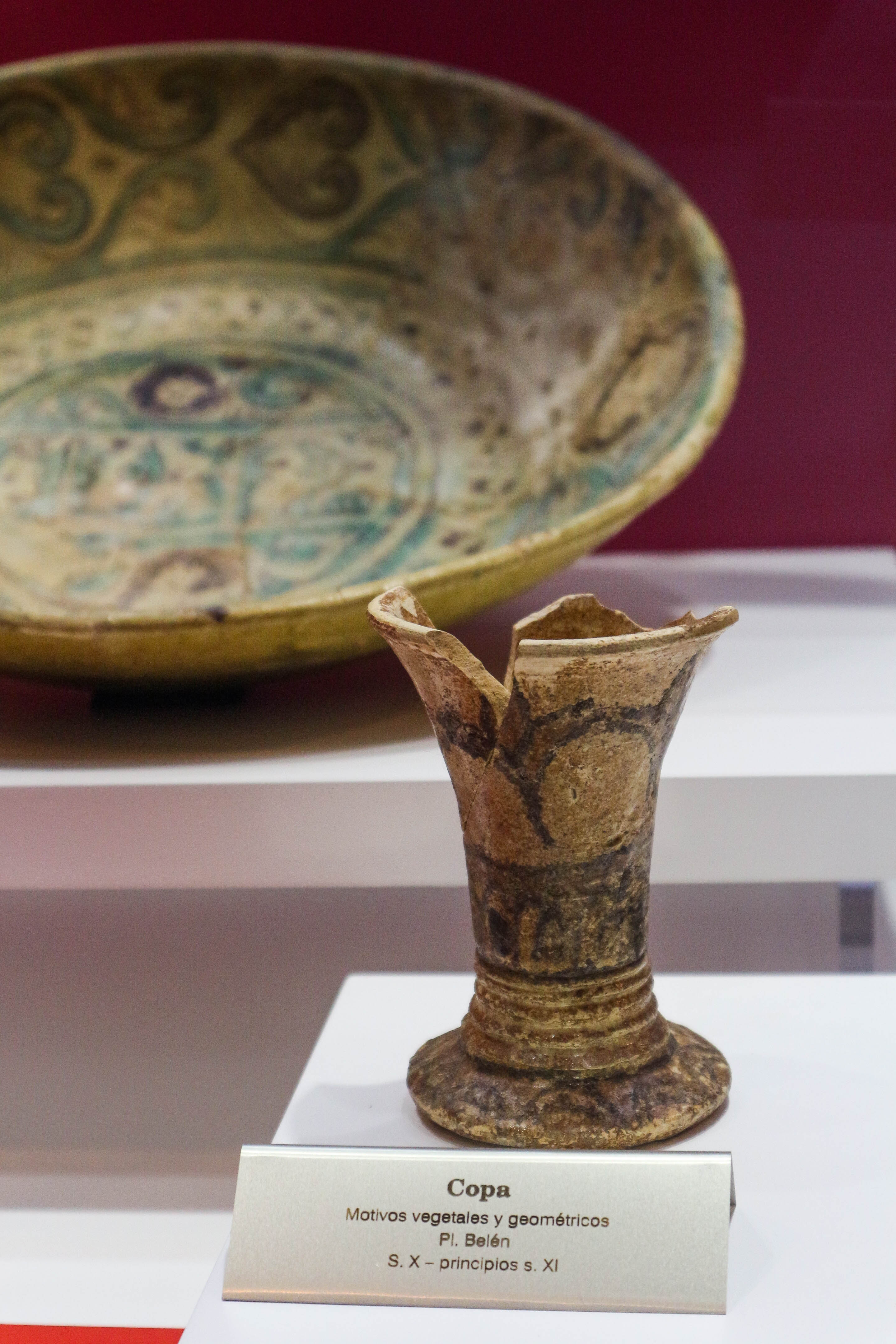
One such wine-serving slave was the beautiful Rumaikiya, who was noticed by the poet-king of Seville, a young al-Mu’tamid, when walking along the banks of Seville’s Rio Guadalquivir with his close friend Ibn ‘Ammar. Exchanging verses in a game of poetry tennis, al-Mu’tamid served the first line of a poem; “the wind turns the river into a suit of chain mail...”, he said, and before his friend could finish the verse, the young Rumaikiya interrupted with this line; “What armour for battle, if it froze!” – enchanted by her beauty and her wit, the poet-king bought her freedom and won her love, writing of her;
Oh, how many nights did I stay, in the quietness of the river. Entangled in the games of love, with the one of the curved bracelet, similar to the water curves while time went by... She would pour wine, without fear: the wine of her look, sometimes from her glass, and others, from her mouth.
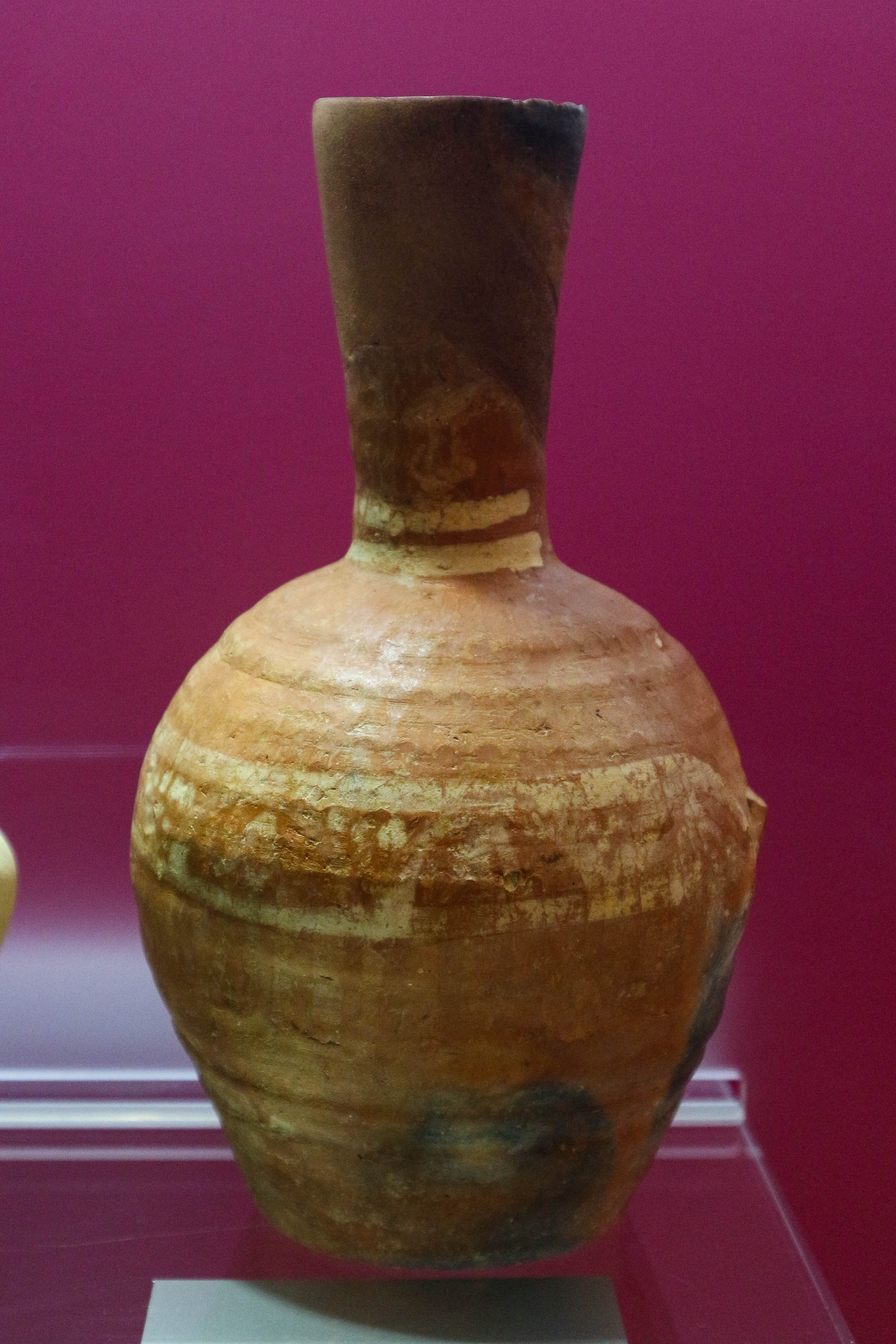
With the defeat of the Al-Ándalus empire to Christendom, wine would return to the alter in Jerez. From the thirteenth century on, Jerez’s vineyards would expand even beyond the levels needed to satisfy local demand, indicating an export market elsewhere in Spain and Europe. By the 1500s the local production of wine was paired with a local production of something very important in the evolution of its enjoyment: glass. By the 1700s, the use of wineglasses and early wine bottles was generalised throughout jerezano society. The museum holds some examples of these early glass wine jugs, called “onion bottles” for their wide, round shape and narrow neck, similar to the famous damajuana wine jugs still in use today.
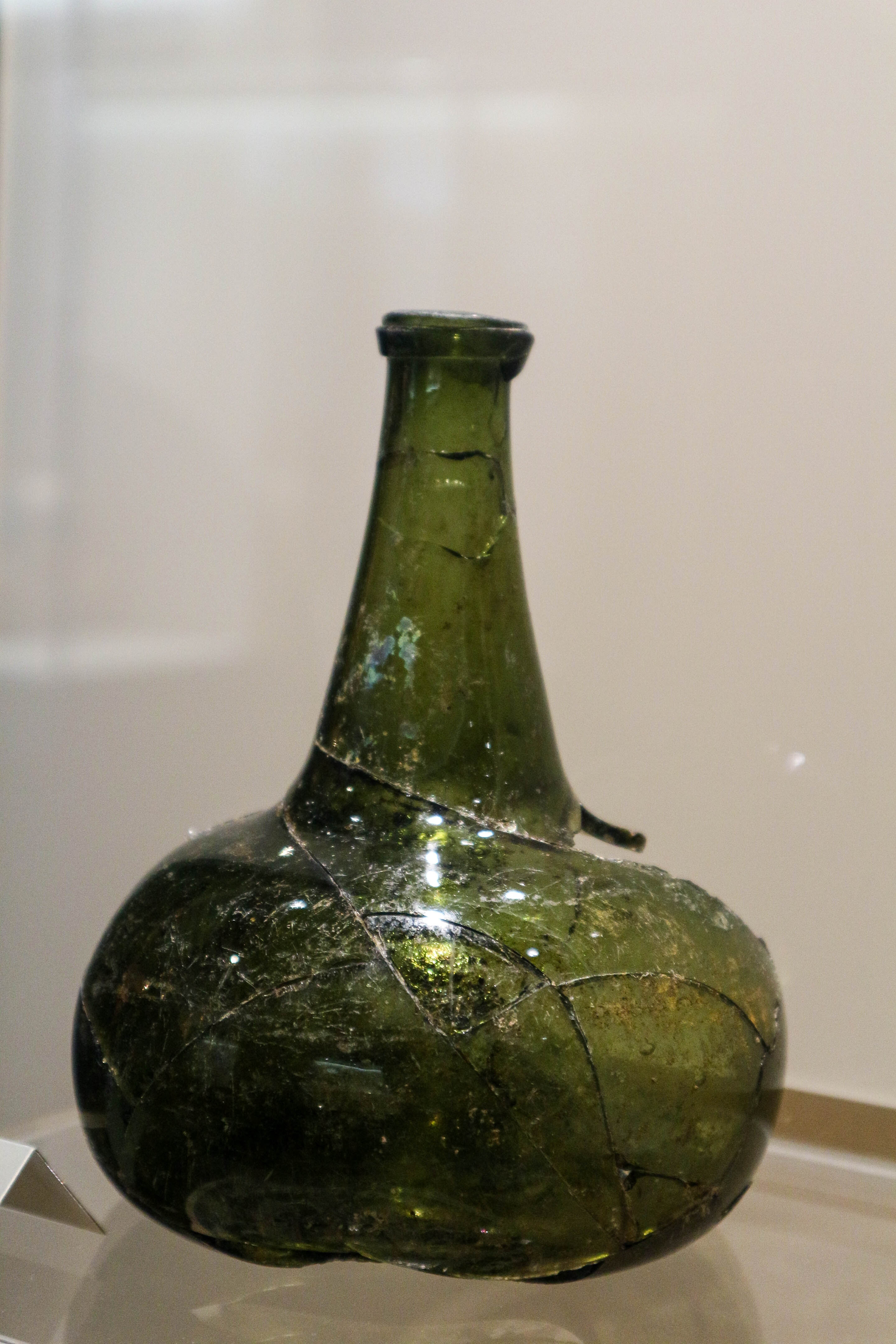
With the arrival of the 19th Century came the construction of the modern wine industry that we know today, building upon the technical and cultural base built up over the centuries. But long before the bourgeois bodega class transformed this city, Jerez de la Frontera was always a city which has produced, consumed, exported and even worshipped wine. For millennia it has been a city deeply, drunkenly, in love with wine.
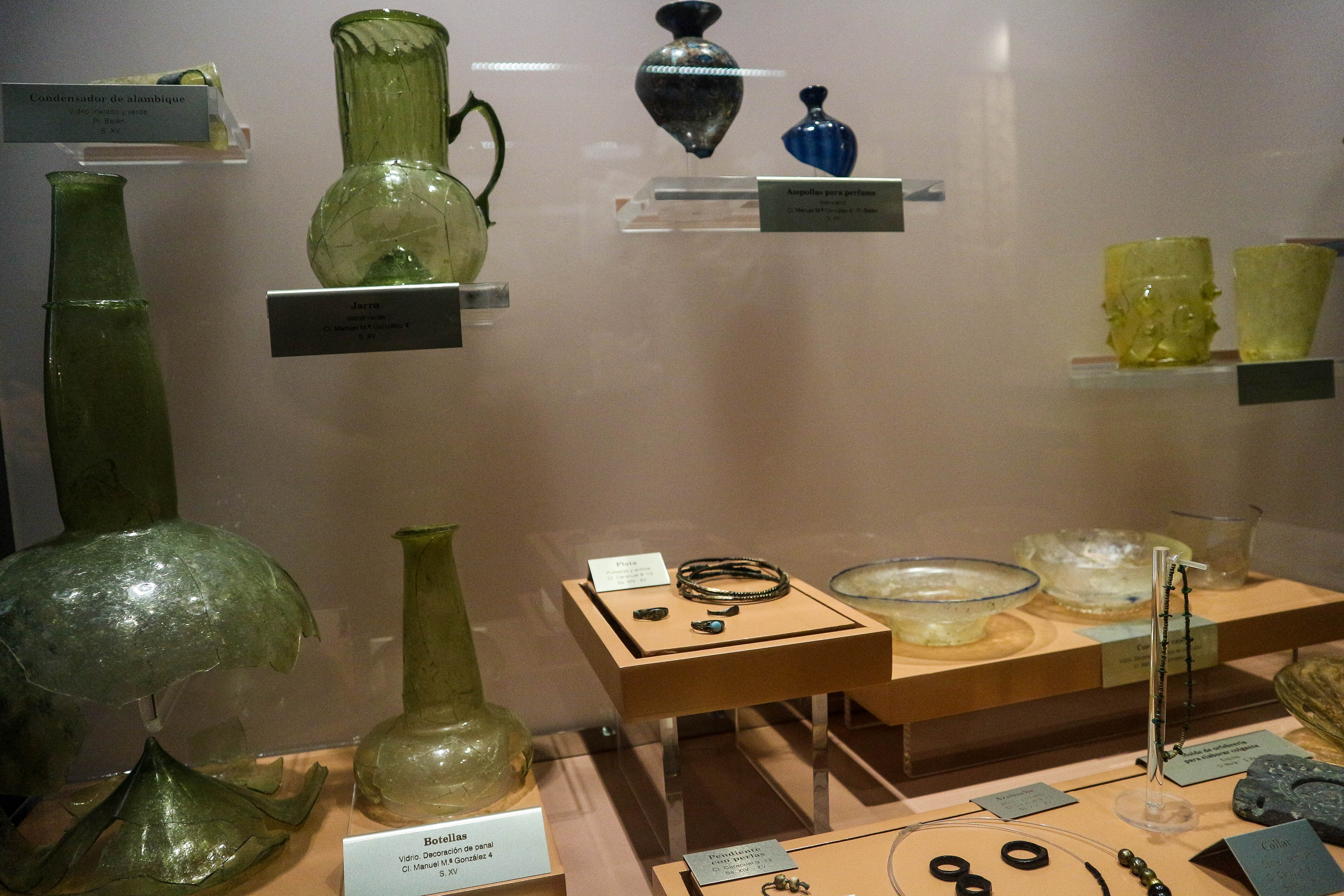
The views and opinions expressed in this article are those of the authors and do not necessarily represent those of El Consejo Regulador.


25 September 2017


